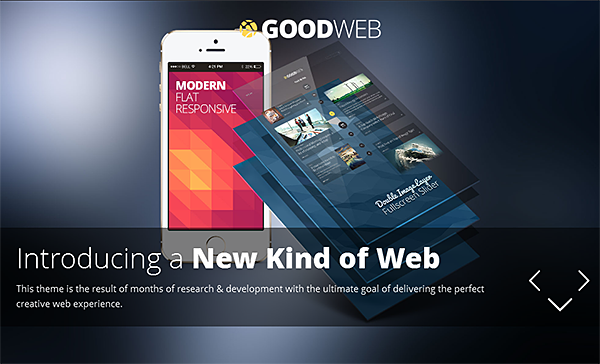January 2014

InfoTrends predicts that by the end of the year, 40% of printed materials will be procured over the internet. My hunch is, maybe, if you include books sold by Amazon.
I'm not disputing that it will happen, eventually. And when online sales do reach the 40% mark, they won't stop there. What I question is the speed. Once e-Commerce has scooped up all the low hanging fruit of stationery, real estate flyers, and other template-based printing, it will run smack into the headwind put up by custom projects and high-volume print runs.
We only need to look at the rollout of our new mega-buck health care website to realize that it may be a while before corporate buyers will entrust orders for a million or more catalogs to someone without a pulse on the internet.
I could be wrong, so I'm saying "maybe." Trends are by nature unpredictable. While our view of past events stays unobstructed in the rearview mirror, forecasting what's down the road calls for a fair amount of clairvoyance and a ground hog with a really good record and a sunny disposition.
Witness this 1995 column published by InfoWorld (eleven years after Steve Jobs unveiled the 128K MacIntosh): "The internet will soon go spectacularly supernova and in 1996 catastrophically collapse." Bet the writer would like to have that one back.
Hal Heindel
Unitac International Inc.

The Revolution in Web Design
Why write about web design in a newsletter generally devoted to print estimating? Easy answer: Online pricing is moving to the web even faster than online procurement. Much faster.
Online pricing is also easier than procurement, and since visitors to your webstore are often just browsing or price shopping, there's no commitment.
The reason we're calling it a revolution is because of two simple words: "Mobile First." It's a battle cry, really. More people now access the web with smart phones and tablets than with desktop computers or laptops. The sudden scarcity of screen real estate is forcing web designers and software developers to rethink everything.
Three trends stand out: Flat Design, Single Page, and the increasing use of Motion.
Flat Design is aimed at creating interfaces that are both attractive and easy to use, regardless of where the application or web page is displayed. Hallmarks are simpler, minimalist pages with larger font sizes.
In a Single Page Website, all necessary code – HTML, JavaScript, and CSS – is retrieved with one page load to provide a more fluid user experience. The page doesn't reload, nor does control transfer to another page, although HTML5 can provide the look and feel of separate pages.
Incorporating Motion in its various forms is a logical build on flat design. Forget what I said about mistrusting predictions. These three elements will rise above mere trends to become web design classics.
|
Tip of the Month
Looking for help? Don't forget to search the Forum Archives. The first place you should look is of course the Morning Flight help system. Pressing F1 will get you what's essentially a digital version of the printed user manual, with one significant extra: A search box. Sadly, no one has yet found a way to do that with ink on paper. If a keyword search doesn't yield results, try the search box in the Forum Archives. For uncommon situations in particular, there's a better chance for success there than in the help system. |

